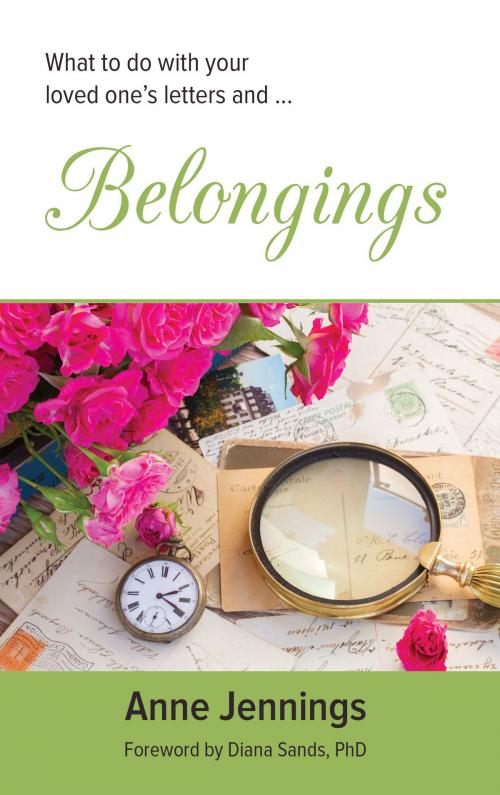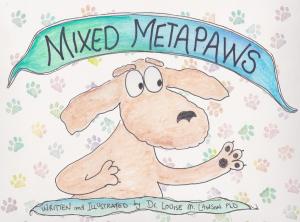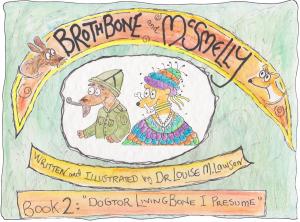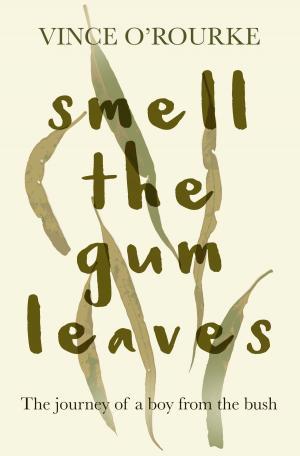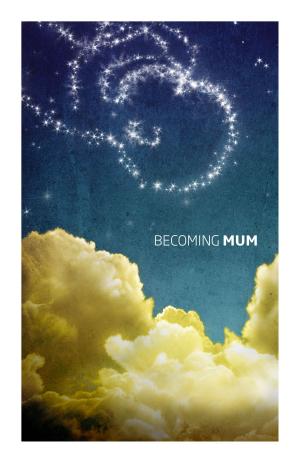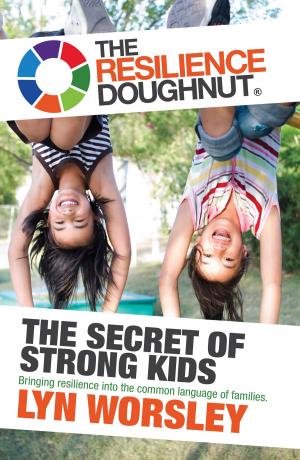Belongings
What to do with your loved one's letters and...
Nonfiction, Health & Well Being, Self Help, Mental Health, Death, Grief, Bereavement, Family & Relationships, Family Relationships, Death/Grief/Bereavement| Author: | Anne Jennings | ISBN: | 9780994255310 |
| Publisher: | Australian eBook Publisher | Publication: | October 16, 2015 |
| Imprint: | Language: | English |
| Author: | Anne Jennings |
| ISBN: | 9780994255310 |
| Publisher: | Australian eBook Publisher |
| Publication: | October 16, 2015 |
| Imprint: | |
| Language: | English |
This book seeks to understand the connection bereaved people have with their loved one's personal belongings.It discusses a simple method of keeping only the items that recall the happy moments spent together with family and friends.It offers suggestions on ways to display keepsakes and photos to create healthy memories of your beloved. The key to this process is giving away, selling or donating the belongings that bring back difficult memories of the death, illness, and sad times. Other suggestions discuss how to change routines, furniture and other elements of the home environment to reflect your life in the present moment.Grief is not linear, it is a mess. Right now, things in your world are not happening in a neat, orderly way. Life is messy too. I am going to tell you about an interesting event that illustrates how messy life can be. It happened when I was writing this book. After finishing the first draft, I stayed at my friend Brenda's place over the festive season. We returned from a walk to the park to find her younger sister rescuing the loose pages of the manuscript after her puppy had had a fight with the cranky ginger cat. The scene we came across included spilled orange juice, hand-written notes scattered on dining chairs, and animal paw prints on neatly typed paper all over the floor. It was a disaster. Brenda's sister tried to put the document together, but it was out of order and she had to peg some pages out on the line to dry.I was tempted to leave the pages out of order as a metaphor for the messiness of what you are going through. I initially wanted to get straight into the sorting of belongings, as that is what you want to read about. You can of course jump straight to the sorting section if you like-Sorting Belongings. But I realised that I needed to make it easy for you to find the information most relevant to you, so, unlike how you probably feel your life is right now, the book layout is structured and orderly.Yes, life is messy!Foreword by Diana Sands, PhD
This book seeks to understand the connection bereaved people have with their loved one's personal belongings.It discusses a simple method of keeping only the items that recall the happy moments spent together with family and friends.It offers suggestions on ways to display keepsakes and photos to create healthy memories of your beloved. The key to this process is giving away, selling or donating the belongings that bring back difficult memories of the death, illness, and sad times. Other suggestions discuss how to change routines, furniture and other elements of the home environment to reflect your life in the present moment.Grief is not linear, it is a mess. Right now, things in your world are not happening in a neat, orderly way. Life is messy too. I am going to tell you about an interesting event that illustrates how messy life can be. It happened when I was writing this book. After finishing the first draft, I stayed at my friend Brenda's place over the festive season. We returned from a walk to the park to find her younger sister rescuing the loose pages of the manuscript after her puppy had had a fight with the cranky ginger cat. The scene we came across included spilled orange juice, hand-written notes scattered on dining chairs, and animal paw prints on neatly typed paper all over the floor. It was a disaster. Brenda's sister tried to put the document together, but it was out of order and she had to peg some pages out on the line to dry.I was tempted to leave the pages out of order as a metaphor for the messiness of what you are going through. I initially wanted to get straight into the sorting of belongings, as that is what you want to read about. You can of course jump straight to the sorting section if you like-Sorting Belongings. But I realised that I needed to make it easy for you to find the information most relevant to you, so, unlike how you probably feel your life is right now, the book layout is structured and orderly.Yes, life is messy!Foreword by Diana Sands, PhD
